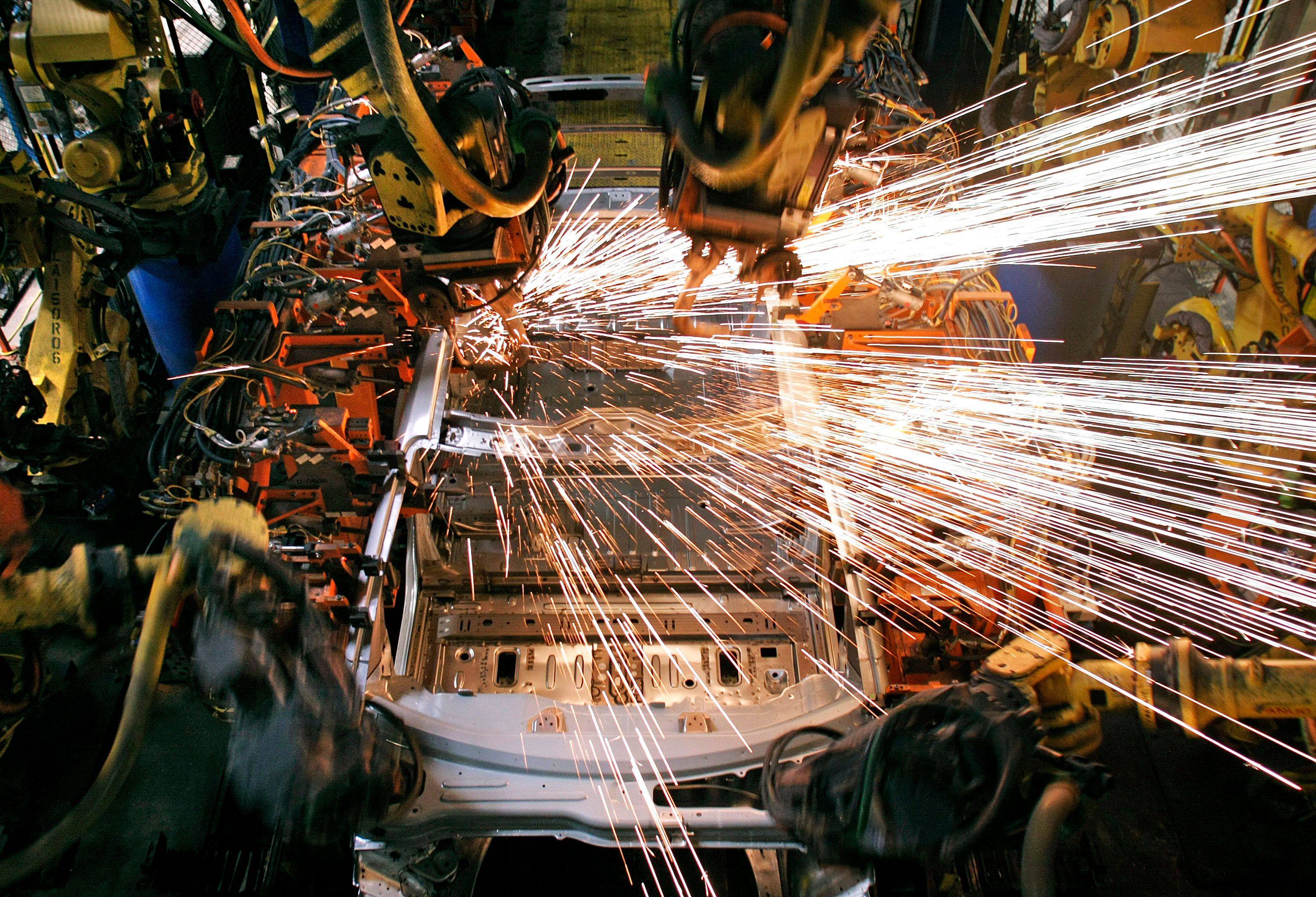General Motors just announced its biggest tech pivot yet - Level 3 hands-free, eyes-off driving coming to the Cadillac Escalade IQ in 2028. The move signals GM's aggressive shift toward autonomous driving and AI integration as the automaker battles a $1.6 billion EV loss and positions itself against competitors like Tesla and Chinese manufacturers.
General Motors just dropped its roadmap for the autonomous future, and it's making some big bets. The automaker revealed plans to debut Level 3 hands-free, eyes-off highway driving in the Cadillac Escalade IQ by 2028, marking a major escalation in the race against Tesla and emerging Chinese competitors. This comes as GM faces a $1.6 billion loss from its EV rollout, largely attributed to the expired federal tax credit under Trump's budget cuts. But instead of retreating, GM's doubling down on autonomous tech and AI integration. The Level 3 system will operate across 600,000 miles of mapped highways - slightly less coverage than GM's current Super Cruise network but with a crucial difference: drivers can actually take their eyes off the road. That's a massive leap from the Level 2 systems that still require visual attention. "Our customers have driven over 700 million hands-free miles with Super Cruise without a single accident attributed to the technology," GM Chief Product Officer Sterling Anderson told The Verge's Decoder podcast. Anderson, a Tesla veteran who led both the Model X program and Autopilot development, threw some serious shade at his former employer: "I led Autopilot. You can't say that for Autopilot." The timing isn't coincidental. GM's pivot to Level 3 comes after the spectacular failure of its Cruise robotaxi division, which shut down earlier this year following a pedestrian injury incident. The company has since rehired many Cruise engineers to work on Super Cruise and personally-owned autonomous vehicles - essentially admitting that the robotaxi dream was premature. But GM's not just about autonomous driving. Starting next year, the company will integrate Google's Gemini AI as a more conversational voice assistant, joining automakers like Volvo in the generative AI race. The real kicker? GM plans to develop its own AI companion that's "tuned to your vehicle's intelligence and personal preferences." Anderson described it as contextual AI that can handle complex queries about destinations and vehicle-specific functions. The tech gets more impressive when you look under the hood. GM's rolling out a completely new centralized computing platform in 2028, starting with that same Escalade IQ. We're talking 10 times more over-the-air update capacity, 1,000 times more bandwidth, and 35 times more AI performance for autonomy. Anderson revealed the technical specs: "We're moving to Ethernet-based networking, which allows us to move to sub-millisecond response times... We're talking sub-one millisecond. You're talking a thousand hertz, that's a 10x improvement over previous electrical architectures." That kind of performance enables real-time adjustments to magnetic suspension systems and opens up possibilities for software features that current automotive architectures simply can't handle. GM's also betting big on manufacturing robotics. The company's in Warren, Michigan, and Mountain View, California, employs 100 roboticists and AI engineers developing next-gen factory automation. These aren't your typical caged industrial arms - GM's building autonomous mobile robots that move materials through factories and collaborative robots (cobots) that work safely alongside human employees. Right now, GM operates 30,000 robots across 11 facilities with 97,000 production workers. But those legacy systems are "giant arms that sit in cages with e-stops on the outside that can't operate in and around humans," Anderson explained. The new robots are trained on GM's production data - telemetry, quality metrics, sensor readings - creating AI models that "improve with every manufacturing cycle." This isn't just about efficiency; it's about creating adaptive manufacturing that can respond to changing demands and quality requirements in real-time. There's also an energy play here. GM's expanding its Energy division with a new leasing model for home battery systems that integrate with EVs for grid backup power. It's a smart move as utilities struggle with peak demand and homeowners seek energy independence. The announcement comes at a pivotal moment for the auto industry. Chinese manufacturers are advancing rapidly in both EVs and autonomous technology, while traditional automakers face pressure from declining EV sales post-tax credit. GM's strategy is clear: if they can't win the EV volume game right now, they'll build the software and AI infrastructure to dominate the next phase of automotive evolution.








